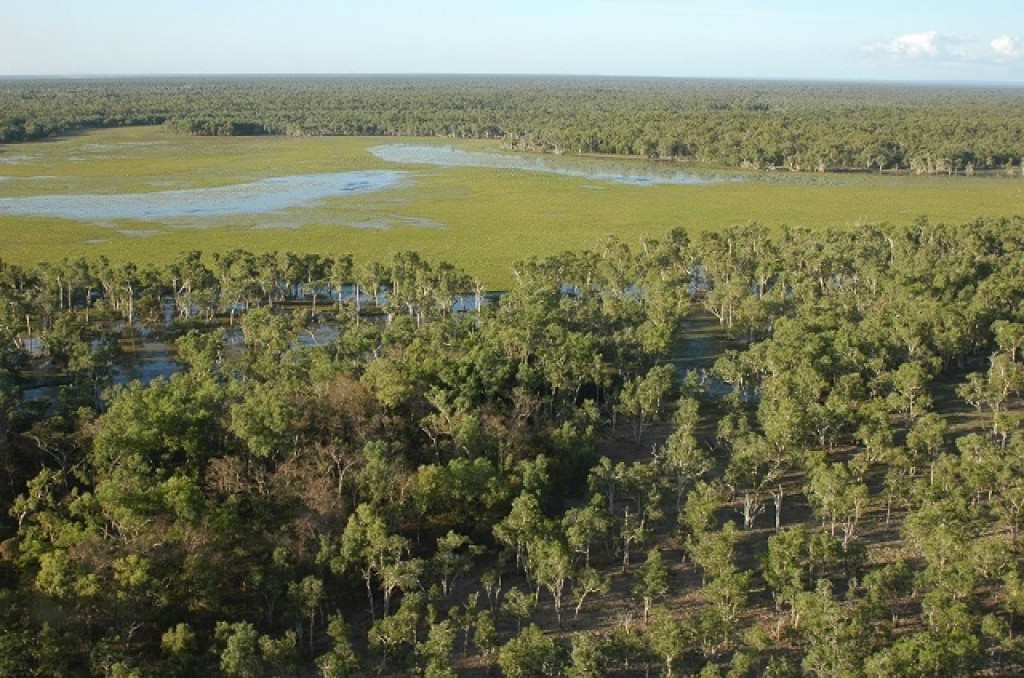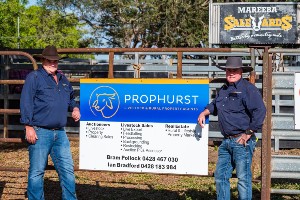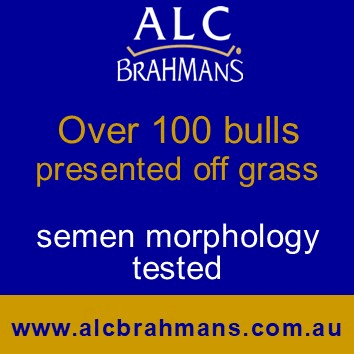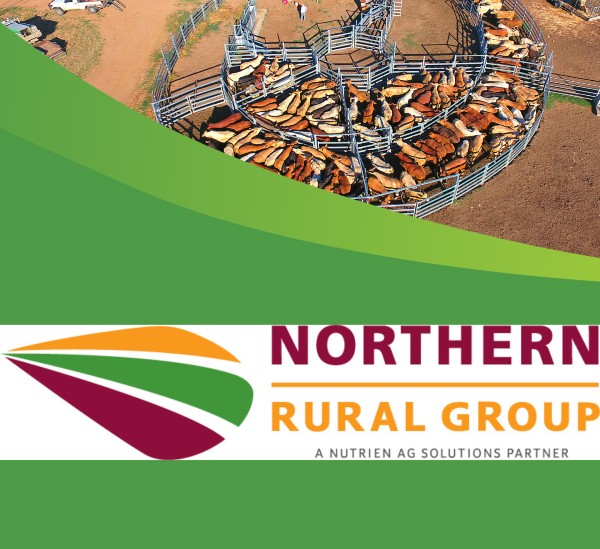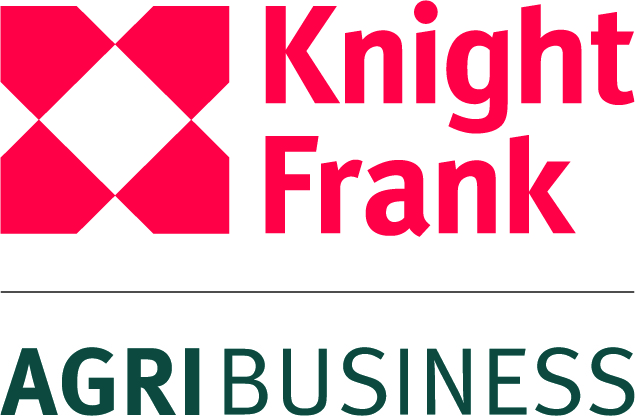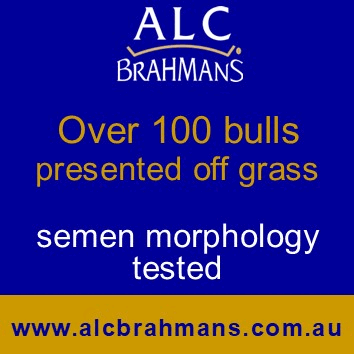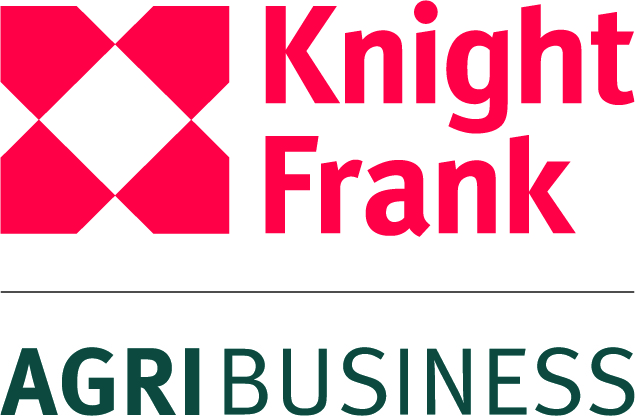“More Changes in Vegetation Laws”
But how exactly will this affect the landowner?
The Queensland Governments promise to reinstate vegetation clearing laws repealed by the previous government have arrived with immediate effect. The changes have serious consequences to landowners. How do these changes impact your property and what can you do?
The Vegetation Management (Reinstatement) and Other Legislation Amendment Bill 2016 was introduced to the Queensland Parliament on 17 March 2016. While voting to consider the Bill is not expected until after 30 June 2016, some sections of the Bill commenced immediately on 17 March 2016. For this reason, landowners must take notice NOW of the new proposed vegetation management laws to avoid unlawful clearing and needless applications.
Some of the proposed new laws may sound familiar to landowners. Vegetation management continues to be used as a political football in Queensland. An election promise of the Palaszczuk Government was to reinstate the vegetation management laws that were repealed by the previous government. The Bill progresses this election promise.
Leading up to the introduction of the Bill the changes were touted as preventing skyrocketing tree clearing rates within the State. The changes were to be targeted toward agricultural clearing and protection of riparian zones within Great Barrier Reef catchments. The Bill does more than this.
On first read of the Bill, the impact of the new proposed laws on landowners is subtle. The Bill concentrates on the reclassification of terms. The Bill proposes to remove from the list of “relevant clearing purposes”, add to the land types that attract “Category C Vegetation” and incorporate the remaining Great Barrier Reef catchments to “Category R Vegetation”. To support this, the Bill introduces Proposed Regulated Vegetation Management Maps, now available from the Department of Natural Resources and Mines website. This mapping expands the extent of current Regulated Vegetation mapping triggering more properties and new areas into the Vegetation Management framework. The Government has the opportunity to further update this mapping during the interim period.
But how exactly will this affect the landowner? Consider the following three examples.
Example 1: Clearing Native Vegetation for Cropping or Irrigated Pasture
A landowner wants to clear native vegetation for cropping (dryland and irrigated) or irrigated pasture. In particular, the landowner is a grazier and wants to clear native vegetation to establish, cultivate and harvest hay and grains (and any other suitable fodder) for his cattle to feed on during times of drought.
| The Current Law |
The New Proposed Law
|
|
| Can the landowner clear? | Likely |
Unlikely |
| How can clearing occur? |
The landowner may obtain a permit for the relevant clearing purpose of “High Value Agriculture”. Such a permit may be approved if the landowner can demonstrate:
|
The amendments prevent landowners from submitting vegetation clearing applications for “High Value Agriculture”. The landowner may only rely on a Self-Assessable Clearing Code (Code), if one is applicable. The Codes are case specific. Few situations will give rise to a Code being applicable. An example of when a Code may apply to allow the clearing – if the clearing is to improve the operational efficiency of existing agriculture. |
Example 2: Clearing Regrowth Vegetation on Freehold or Indigenous Land
A landowner wants to clear regrowth vegetation on freehold or Indigenous land. In particular, the freehold landowner is a grazier and wants to clear regrowth vegetation, that has not been cleared since 31 December 1989 and is an “of concern regional ecosystem”, for grazing purposes
| The Current Law |
The New Proposed Law
|
|
| Can the landowner clear? | Likely - Category C (High Value Regrowth Vegetation) mapping did not apply to Freehold or Indigenous land. |
Unlikely – Category C (High Value Regrowth Vegetation) mapping reintroduced to Freehold and Indigenous Land. |
| How can clearing occur? |
The landowner need not obtain a permit or rely on a code. The clearing is Exempt. |
The landowner may only rely on the Code – Managing Category C Regrowth Vegetation Code (Category C Clearing Code). The Category C Clearing Code only permits the clearing of certain areas if it is to clear disconnected patches that are less than four (4) hectares in a coastal area or less than eight (8) hectares in a non-coastal area. |
Example 3: Clearing Regrowth Vegetation within proximity to the Burnett-Mary, Eastern Cape York or Fitzroy Catchments
A landowner wants to clear regrowth vegetation within proximity to the Burnett-Mary, Eastern Cape York or Fitzroy Catchments. In particular, the landowner is a grazier and wants to clear Category R regrowth vegetation that is located within fifty (50) meters of a watercourse in the Burnett-Mary Catchment area for general purposes.
| The Current Law |
The New Proposed Law
|
|
| Can the landowner clear? | Likely – Category R (Reef Regrowth Watercourse Vegetation) mapping did not apply to these catchments. |
Unlikely - Category R (Reef Regrowth Watercourse Vegetation) mapping introduced to these catchments. |
| How can clearing occur? |
The landowner need not obtain a permit or rely on a Code. The clearing is Exempt. |
The landowner may only rely on the Code – Managing Category R Regrowth Vegetation Code (Category R Clearing Code). The Category R Clearing Code only permits the clearing if the vegetation does not occur in a regrowth wetland or watercourse protection area where the vegetation is more than two (2) meters in height and does not occur within five (5) meters of a defining bank. |
The proposed changes to the Vegetation Management Framework have serious consequences to vegetation clearing activities and property management and maintenance activities. Amplifying this is the inaccuracy of the existing Regulated Vegetation and Proposed Vegetation Management Mapping. Further to the above examples, the new proposed laws affect landowner’s by presuming they are guilty of an offence unless the landowner can prove otherwise, and prohibiting landowner’s from relying on mistake of fact as a defence. In this regard, it is even more important for landowners to understand the new proposed laws.
Emanate Legal and Base Consulting Group have practical working knowledge of the various Queensland Vegetation Management Framework and other environmental legislation. We have experienced firsthand how Environmental controls are becoming increasingly complex and more restrictive. We find landowners that have an active property management plan are better placed to limit the impacts of the Vegetation Management Framework on their operations both now and into the future.
Emanate Legal advises landowners obtain a Proposed Regulated Vegetation Management Map, to enable consideration of the new proposed laws in relation to their operations. To discuss the impacts to your property and potential management strategies please contact Emanate Legal for an initial – obligation free discussion on (07) 4727 0100.

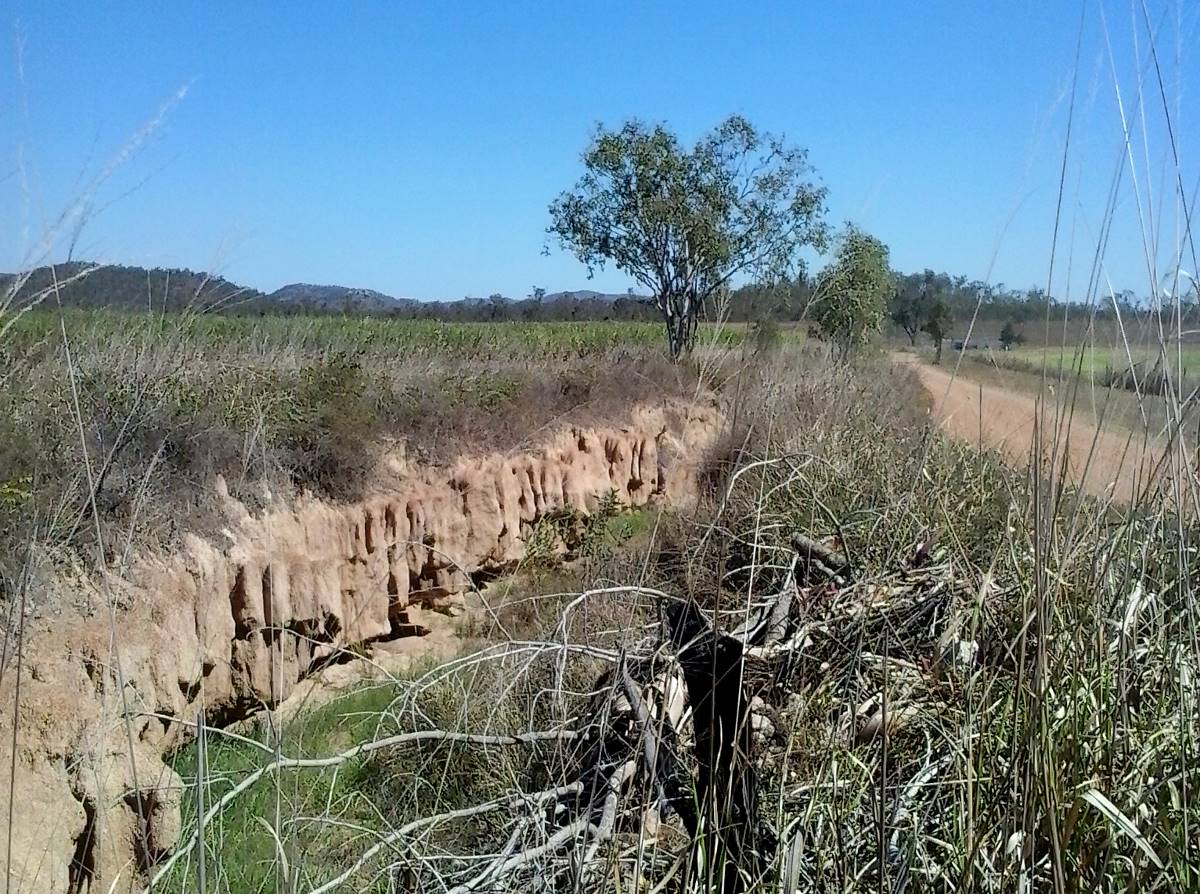
Posted in Jim Pola Blog on Thursday, 05 May 2016
Location
Townsville QLD 4812
